
I had a great day yesterday. I went back to my home parish - Our Lady and St Werburgh, Clayton, Newcastle-under-Lyme, for the great occasion of the consecration (or solemn dedication) of the Church. It is where I was ordained almost 11 years ago. The liturgy of the consecration of a Church is not often seen, as it only ever happens once in each Church, but it is so full of symbolism, demonstrating what the sacramentality of the Church building. The Church as a building, as well as a place for the celebration of the sacraments and the teaching of the Word and meeting place of the People of God, is also a permanent visible sign of the presence of the Church in that place. As such, the building represents not just the people who gather in it, but the whole Church, and most especially the Church in glory. It is a symbol of the new Temple of the New Jerusalem, which St John saw at the end of his apocalyptic vision in the New  Testament.
Testament.
Our Church buildings are important. It is important that they bring people into a communion with God, and also with each other. It is important that they should be beautiful, peaceful, never cold nor remote. Beauty leads us to communion with God, who truly is the supremely beautiful one. The ugliness of contemporary urban architecture speaks of nothing to the soul - the Church should not ape this style but inspire the faithful to a love of God through the symbolism and beauty of the sacred space.
You can see in the photographs some of the scenes from the Mass: the incense being burnt in a brazier upon the altar, the lighting of one of the candles in front of the consecration cross which had been anointed with chrism, and the placing of the relics inside the altar.
The rites themselves are deeply expressive. The consecration of the altar, firstly with the placing of relics within, reminds us of the early Christian tradition of celebrating the Mass on the tombs of the martyrs. It reminds us that the Mass is celebrated always in the communion of saints, in communion with the saints who are at rest, as well as with the saints suffering and the saints on their pilgrim way through life. The altar is also anointed with the Sacred Chrism - the oil which represents consecration to Christ, priest, prophet and king. As it says in one of the Easter prefaces, Jesus Christ reveals himself not only to be the priest and victim but also the altar of sacrifice. The incense then placed in a brazier on the altar is the sign of the prayers of the saints rising from that altar up to heaven. The Eucharistic victim to be placed upon that altar is to be the intercesso r who pleads to heaven for us in the Eucharistic sacrifice. The walls of the Church are also anointed, to show that the building, which represents the people, is also consecrated to Christ. Indeed together, Christ himself and the Church form what St Augustine calls the 'Christus Totus' - the whole Christ. As well as being anointed the walls are also incensed at the same time as the people are incensed by two deacons who carry their censers around the inside of the Church. The final part of the Consecration is the celebration of the Mass, and at the end of the Mass the solemn placing of the Eucharist into the tabernacle.
r who pleads to heaven for us in the Eucharistic sacrifice. The walls of the Church are also anointed, to show that the building, which represents the people, is also consecrated to Christ. Indeed together, Christ himself and the Church form what St Augustine calls the 'Christus Totus' - the whole Christ. As well as being anointed the walls are also incensed at the same time as the people are incensed by two deacons who carry their censers around the inside of the Church. The final part of the Consecration is the celebration of the Mass, and at the end of the Mass the solemn placing of the Eucharist into the tabernacle.
The whole liturgy speaks not only of what the Church building is, but also what we should be - a true light and witness to other people. The preface to the Eucharistic prayer makes it clear:
 Testament.
Testament.Our Church buildings are important. It is important that they bring people into a communion with God, and also with each other. It is important that they should be beautiful, peaceful, never cold nor remote. Beauty leads us to communion with God, who truly is the supremely beautiful one. The ugliness of contemporary urban architecture speaks of nothing to the soul - the Church should not ape this style but inspire the faithful to a love of God through the symbolism and beauty of the sacred space.
You can see in the photographs some of the scenes from the Mass: the incense being burnt in a brazier upon the altar, the lighting of one of the candles in front of the consecration cross which had been anointed with chrism, and the placing of the relics inside the altar.
The rites themselves are deeply expressive. The consecration of the altar, firstly with the placing of relics within, reminds us of the early Christian tradition of celebrating the Mass on the tombs of the martyrs. It reminds us that the Mass is celebrated always in the communion of saints, in communion with the saints who are at rest, as well as with the saints suffering and the saints on their pilgrim way through life. The altar is also anointed with the Sacred Chrism - the oil which represents consecration to Christ, priest, prophet and king. As it says in one of the Easter prefaces, Jesus Christ reveals himself not only to be the priest and victim but also the altar of sacrifice. The incense then placed in a brazier on the altar is the sign of the prayers of the saints rising from that altar up to heaven. The Eucharistic victim to be placed upon that altar is to be the intercesso
 r who pleads to heaven for us in the Eucharistic sacrifice. The walls of the Church are also anointed, to show that the building, which represents the people, is also consecrated to Christ. Indeed together, Christ himself and the Church form what St Augustine calls the 'Christus Totus' - the whole Christ. As well as being anointed the walls are also incensed at the same time as the people are incensed by two deacons who carry their censers around the inside of the Church. The final part of the Consecration is the celebration of the Mass, and at the end of the Mass the solemn placing of the Eucharist into the tabernacle.
r who pleads to heaven for us in the Eucharistic sacrifice. The walls of the Church are also anointed, to show that the building, which represents the people, is also consecrated to Christ. Indeed together, Christ himself and the Church form what St Augustine calls the 'Christus Totus' - the whole Christ. As well as being anointed the walls are also incensed at the same time as the people are incensed by two deacons who carry their censers around the inside of the Church. The final part of the Consecration is the celebration of the Mass, and at the end of the Mass the solemn placing of the Eucharist into the tabernacle. The whole liturgy speaks not only of what the Church building is, but also what we should be - a true light and witness to other people. The preface to the Eucharistic prayer makes it clear:
We thank you now for this house of prayer
in which you bless your family
as we come to you on pilgrimage.
Here you reveal your presence
by sacramental signs,
and make us one with you
through the unseen bond of grace.
Here you build your temple of living stones,
and bring the Church to its full stature
as the body of Christ throughout the world,
to reach it's perfection at last
in the heavenly city of Jerusalem,
which is the vision of your peace.
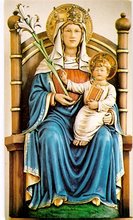

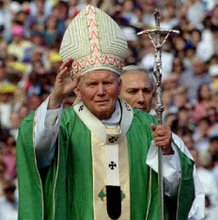
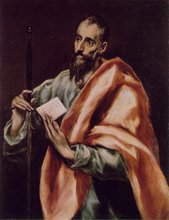
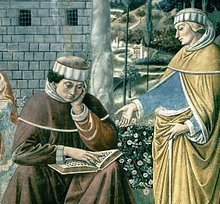
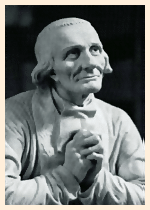




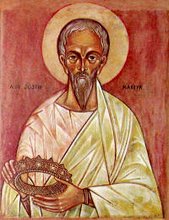
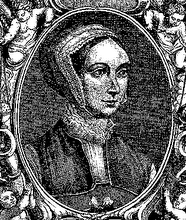
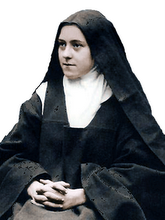
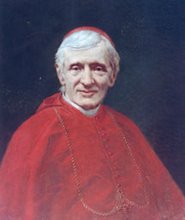
No comments:
Post a Comment